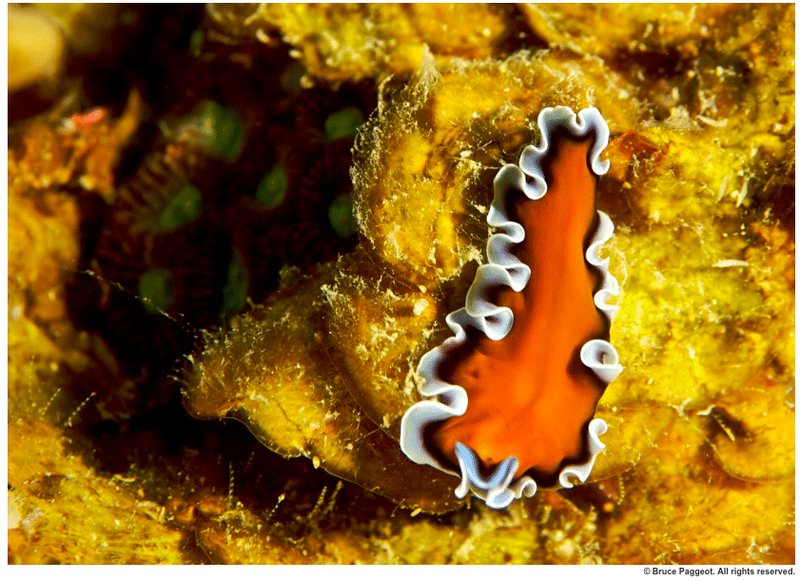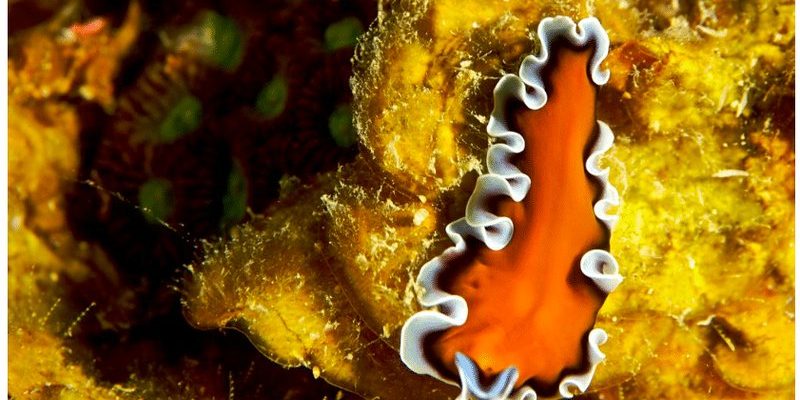
Ribbon worms, or *Nemertea*, are often overlooked in the education world, but they can provide valuable insights into marine ecosystems. Think of them as nature’s hidden gems—delicate, vibrant, and packed with lessons waiting to be uncovered. Today, let’s dive into why ribbon worms are an essential tool in marine education programs and how they can enhance our understanding of marine life.
What Are Ribbon Worms?
So, what exactly are ribbon worms? They’re soft-bodied invertebrates known for their long, slender shapes, which can stretch up to several meters. Imagine thin ribbons dancing in the water; that’s how these creatures got their name! They come in various colors, from brilliant reds and yellows to muted browns and greens, which makes them visually striking.
Ribbon worms are found in many marine environments, from shallow tidal pools to deeper waters. They thrive on a diet of small invertebrates and are known for their unique feeding system, which includes a specialized structure called a proboscis. This handy tool helps them capture prey and is a marvel of nature in itself.
One thing you might not know is that ribbon worms have remarkable abilities, such as regeneration. If they lose a part of their body, they can grow it back—much like a lizard regrowing its tail! This extraordinary trait makes them a fascinating study subject for students wanting to learn about biology and regeneration.
The Role of Ribbon Worms in Marine Ecosystems
You might be wondering, “Why should I care about ribbon worms?” Well, these creatures play a subtle but critical role in marine ecosystems. They help maintain the balance of the food chain, serving as both predators and prey. Here’s how:
- Predators: Ribbon worms feed on various organisms, including small fish and invertebrates. By keeping these populations in check, they help maintain ecosystem balance.
- Prey: They, in turn, are food for larger marine animals like fish and birds. This connection highlights the interconnectedness of ocean life.
In educational settings, exploring ribbon worms allows students to understand complex ecological relationships. By observing these creatures, students can learn about food webs, predator-prey dynamics, and the importance of biodiversity. It’s like a real-life science lab right at the beach!
Hands-On Activities Involving Ribbon Worms
Incorporating ribbon worms into marine education programs can be incredibly engaging. Here are a few hands-on activities that can spark curiosity among learners:
- Field Exploration: Take students on a field trip to tide pools or estuaries where ribbon worms are likely to be found. Encourage them to observe and identify different species.
- Feeding Observations: If possible, set up a small tank with ribbon worms and other marine organisms. Students can watch how ribbon worms hunt and interact with their environment.
- Regeneration Experiments: Teach students about the regeneration abilities of ribbon worms by performing small experiments (with ethical considerations). This can help them understand concepts of biology and cellular renewal.
These activities foster a deeper connection with marine life and help students appreciate the complexities of ecosystems. Plus, who doesn’t love getting their hands wet while learning?
Challenges and Considerations
As exciting as it is to learn about ribbon worms, there are a few challenges to consider when including them in marine education programs. Firstly, ribbon worms can be sensitive to changes in their environment. Factors like pollution, climate change, and habitat destruction can impact their populations. Highlighting these concerns in your curriculum can lead to critical discussions about conservation.
Moreover, finding ribbon worms might not always be easy. They’re often hiding in mud, sand, or crevices in rocks. It requires patience and a keen eye to spot them. Encouraging students to appreciate the thrill of the hunt can make the experience even more rewarding.
Lastly, while ribbon worms are fascinating, it’s essential to teach students about handling them respectfully. Remind them to be gentle, as these creatures can be fragile. Emphasizing empathy for all living things is a valuable lesson in itself.
Comparing Ribbon Worms with Other Marine Creatures
You might be curious about how ribbon worms stack up against other marine creatures often featured in education programs. For instance, while jellyfish are mesmerizing with their graceful movements, they don’t offer the same ecological insights as ribbon worms. These creatures can be used to illustrate complex biological functions, such as digestion and regeneration, which jellyfish can’t provide as clearly.
Similarly, using fish in educational settings is common, but the focus is often on their behavior or habitat, rather than their role in food webs. Ribbon worms, with their unique niches, allow educators to explore marine biology topics from new angles.
In short, incorporating ribbon worms can diversify the curriculum and challenge students to think critically about marine life.
Using ribbon worms in marine education programs opens the door to a world of exploration and discovery. They not only enrich our understanding of marine ecosystems but also provide hands-on, engaging activities that captivate students’ imaginations. Ribbon worms might not be the first creatures you think of when it comes to marine life, but they certainly pack a punch in terms of learning opportunities.
So next time you’re planning a marine education lesson, consider introducing ribbon worms. Their enigmatic nature and crucial role in ecosystems can inspire students to appreciate the wonders of the ocean. Here’s the thing: sometimes, the most unexpected creatures hold the most valuable lessons. Grab the chance to dive into this hidden world and watch your students’ curiosity flourish!

